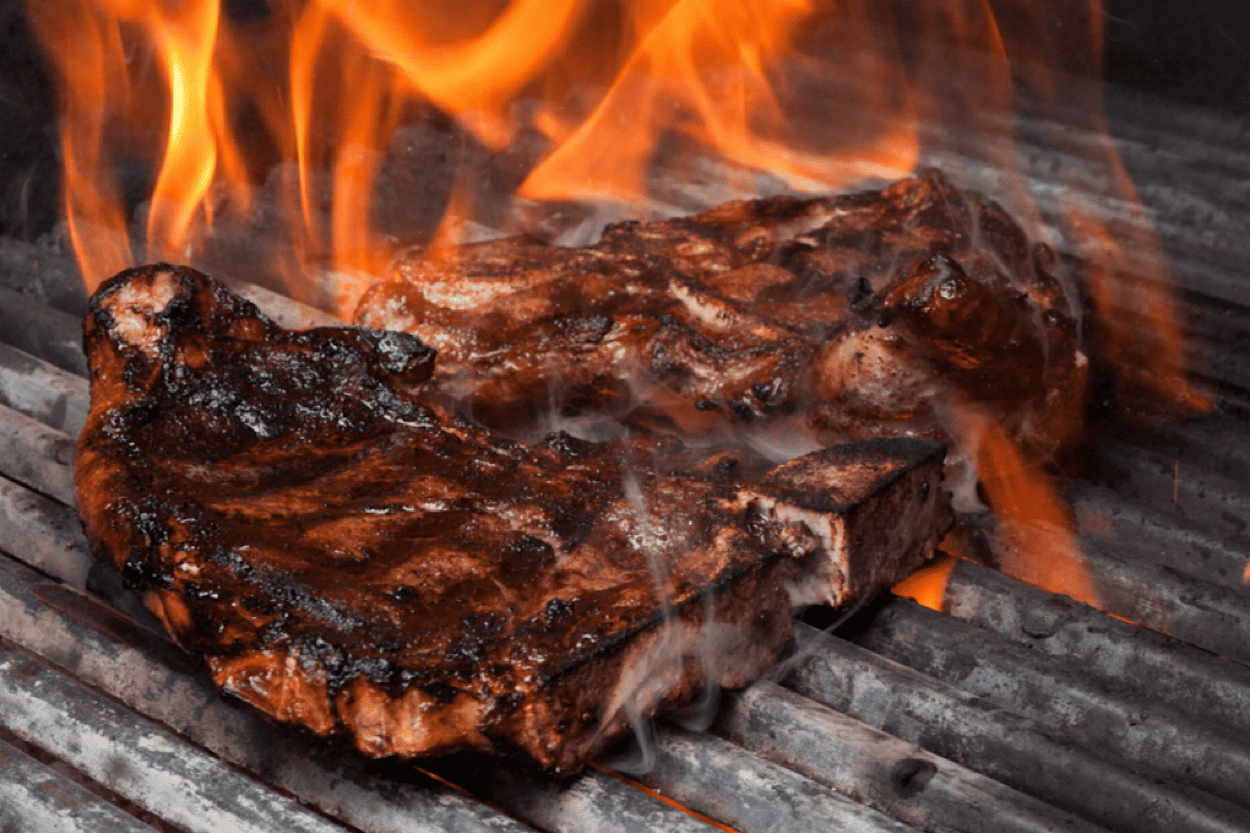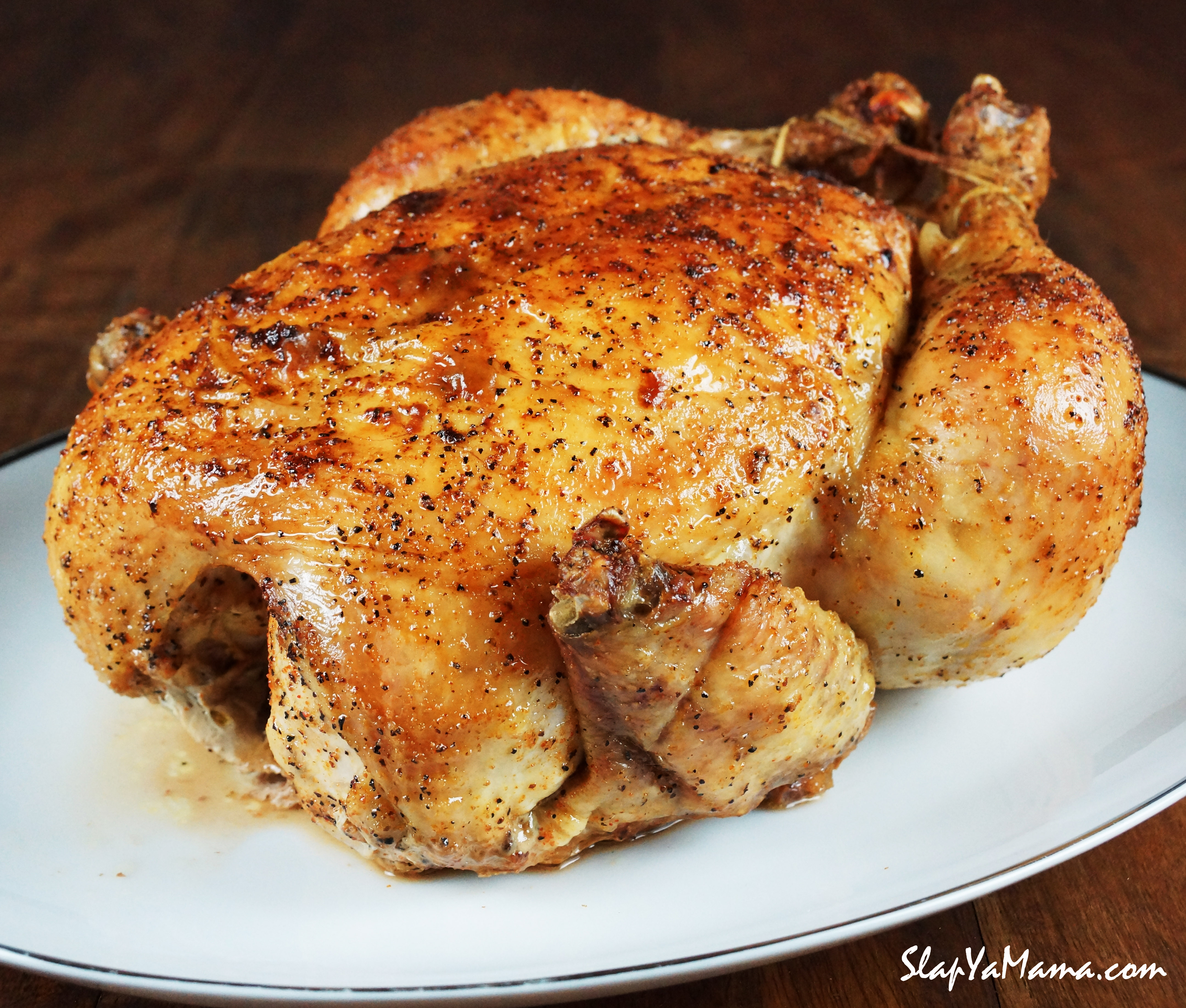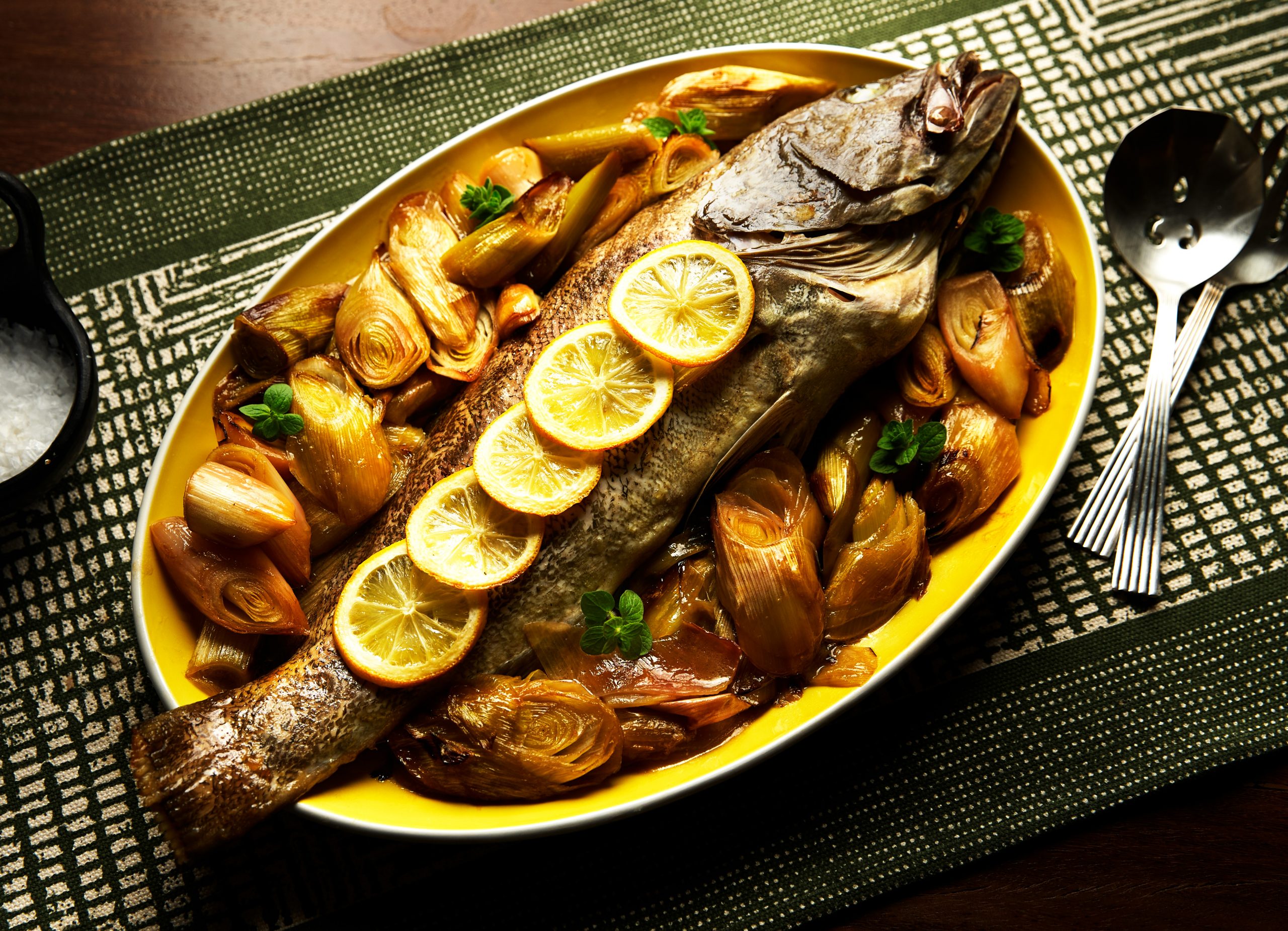For many around the world, the thought of a "cooked guinea pig" might seem a little unusual, perhaps even surprising, yet for a good number of cultures, this particular animal represents a truly traditional food item. It's a dish with a long and interesting past, deeply woven into the fabric of certain communities, particularly in parts of South America. You know, it's not just a pet in every place; its role can be quite different depending on where you are on the globe, and that's something worth thinking about.
This animal, often known for its small size and gentle nature, holds a very different kind of importance in these areas. It has been a source of nourishment for many, many generations, providing sustenance and playing a part in family meals and special gatherings. So, when we talk about it, we are actually talking about a food that has supported people for a long, long time, and that's a pretty big deal, honestly.
Learning about such food items gives us a chance to peek into the varied ways people live and eat across our planet. It helps us see that what might seem ordinary to some can be quite unique to others, and vice versa. In a way, it broadens our view of what food means and how it connects to culture, which is that, really, quite fascinating to explore.
Table of Contents
- What is the story behind cooked guinea pig?
- How is cooked guinea pig usually prepared?
- What are some common ways to enjoy cooked guinea pig?
- Is cooked guinea pig a good choice for everyone?
What is the story behind cooked guinea pig?
The history of this particular animal as a food source goes back a very long way, honestly, thousands of years even, in certain parts of the world. It’s not something that just popped up recently; it has been a part of the diet for ancient civilizations in the Andean regions of South America. For instance, archaeological findings have shown evidence of its use in cooking by people who lived long before modern times. This tells us that it was a valuable resource for them, providing a steady supply of something to eat. You know, it was a practical choice for folks who needed reliable food sources in challenging environments. It was, in some respects, a very important part of how they lived day to day.
The animals were kept in homes, often in small groups, making them a readily available source of protein. This practice of keeping them close to where people lived made it easy to get them when needed, unlike hunting larger animals which could be a lot more difficult and less certain. So, it was a bit like having a living pantry right there, which was incredibly useful for families. This way of doing things meant that people could always count on having something to put on the table, which, as a matter of fact, really helped with survival in those times.
Over time, the role of this animal in the diet became more than just about simple sustenance. It became tied to traditions, celebrations, and even certain beliefs. It was often served at important family events, like weddings, birthdays, or special holidays. This shows that it wasn't just any food; it held a place of honor and significance in these communities. Basically, it grew to be a symbol of hospitality and sharing, and that's a pretty neat thing for a food item to become, if you think about it.
The cultural roots of cooked guinea pig
The place of cooked guinea pig in the traditions of various communities runs really deep. It’s not just about eating; it’s about heritage, about passing down customs from one generation to the next. In many homes, the preparation of this dish is a skill that mothers teach their daughters, and fathers teach their sons, ensuring that the knowledge and traditions stay alive. This makes it a very personal thing, something that connects families to their past and to each other. It’s a bit like a family recipe that everyone knows and loves, but with a lot more history attached to it, you know?
When you see cooked guinea pig served at a gathering, it often means that something special is happening. It’s a sign of respect for guests, a way of showing generosity and warmth. People will go to some trouble to make sure it’s prepared just right for these occasions, because they want to offer the very best to those they care about. This level of care and attention speaks volumes about its importance. It's not just a meal; it's a gesture, a way of expressing feelings without needing many words, which is that, really, quite powerful.
Even today, with many modern food options available, cooked guinea pig continues to hold its ground in these cultures. It represents a link to the past, a way to keep traditions alive in a world that is always changing. For many, it brings back memories of childhood, of family gatherings, and of a way of life that they cherish. So, it's more than just something to eat; it's a taste of home, a reminder of where they come from, and that, honestly, is a very special thing to have.
How is cooked guinea pig usually prepared?
Preparing a cooked guinea pig often involves a few steps that have been refined over many years, ensuring that the meat turns out just right. First off, the animal needs to be cleaned very carefully. This usually means removing the insides and making sure the skin is ready for cooking. People often take a good amount of time with this part, as it sets the stage for how the final dish will taste and look. It's a bit like getting any other meat ready for the oven or grill, you know, you want to make sure it’s clean and prepped properly before you start with the actual cooking. That's, honestly, a pretty essential first step.
After cleaning, the next step often involves seasoning. This is where a lot of the flavor comes in. People use a variety of spices and herbs, which can differ quite a bit from one region to another, or even from one family to another. Common ingredients might include garlic, cumin, salt, and pepper, but some folks might add their own special blends. The seasonings are usually rubbed all over the animal, both inside and out, to make sure the taste gets into every part of the meat. This process, in some respects, is very similar to how you would season a chicken or a small roast, just with different spices that fit the local tastes.
Once seasoned, the animal is ready for cooking. There are several ways this can be done. One very common method is roasting, either in an oven or over an open fire. Roasting gives the skin a nice crispiness, which many people really enjoy. Another popular way is frying, where the pieces are cooked in hot oil until they are golden brown and cooked through. Sometimes, people might even grill it, which gives it a smoky flavor. The method chosen often depends on local customs, the tools available, and what kind of texture people prefer for their cooked guinea pig. Basically, there's more than one way to get it done, and each way brings its own special touch to the meal.
Steps to getting a cooked guinea pig ready
The journey to a perfectly cooked guinea pig begins with making sure the animal is properly prepared. This starts with a thorough cleaning, which is a very important part of the process. Folks usually remove the internal organs and then wash the outside of the animal very well. This makes sure everything is clean and ready for the next steps. It's like preparing any other food item, you know, hygiene comes first, and that's just a basic rule for cooking anything for people to eat. This initial stage, honestly, sets the groundwork for the whole meal.
Following the cleaning, the animal is often opened up and flattened a bit, which helps it cook more evenly. Then comes the part where the flavors are added. People typically rub a mixture of spices and herbs all over the meat. This might include things like ground cumin, salt, pepper, and sometimes a bit of chili or other local seasonings. The goal is to get those flavors deep into the meat so that every bite is full of taste. This step, in a way, is where the cook’s personal touch really comes through, as different families might have their own secret blends that make their cooked guinea pig special.
After the seasoning has had a little time to work its magic, the animal is ready for the heat. As mentioned, roasting is a very popular way to cook it. It can be placed on a spit over an open flame, which gives it a wonderfully smoky taste and a crispy skin. Alternatively, it might be put into an oven until it’s tender on the inside and crunchy on the outside. Some cooks prefer to cut the animal into pieces and fry them until they are golden and cooked all the way through. Each cooking method brings out different qualities in the meat, offering a range of textures and tastes for the cooked guinea pig, so you have options, which is nice.
What are some common ways to enjoy cooked guinea pig?
Once a cooked guinea pig is ready, it’s often served with a variety of side dishes that help complete the meal and balance the flavors. One very common way to enjoy it is alongside potatoes, which are a staple food in many of the regions where this dish is popular. These potatoes might be boiled, roasted, or even prepared in a stew, offering a comforting and filling accompaniment. You know, it’s a bit like how you might have mashed potatoes with your roast chicken; the combination just feels right and helps make it a complete meal. That's, honestly, a pretty typical pairing.
Another popular addition to a meal featuring cooked guinea pig is a simple salad, often made with fresh local vegetables. This can provide a nice contrast to the richness of the meat, adding a bit of freshness and a different texture. Sometimes, people will also serve it with a sauce, which can vary widely depending on the local traditions. These sauces might be spicy, tangy, or savory, designed to complement the unique taste of the meat. So, it's not just the animal itself; it's the whole arrangement of food that makes the meal special, which is that, really, quite thoughtful.
In many places, enjoying cooked guinea pig is a communal experience. It’s often a dish that brings people together, where families and friends share the meal and spend time talking and laughing. The way it’s presented can also be part of the experience; sometimes, the whole animal is brought to the table before being divided among those present. This adds to the sense of occasion and makes the meal feel even more special. It's not just about satisfying hunger; it's about sharing a moment, creating memories, and that, honestly, is a very important part of eating together.
Popular presentations of cooked guinea pig
The way a cooked guinea pig is brought to the table can vary quite a bit, but there are some popular methods that really stand out. One very common presentation involves serving the whole animal, often roasted until its skin is wonderfully crisp and golden brown. This can be quite a sight, and it’s often done for special occasions, as it makes for a very impressive centerpiece on the dining table. You know, it’s a bit like how some people serve a whole roasted turkey for holidays; it’s meant to be a showstopper and a symbol of abundance. That's, honestly, a pretty grand way to do it.
Another way people enjoy cooked guinea pig is by cutting it into pieces after it’s been cooked, especially if it’s been fried. These pieces are then arranged on a plate, often alongside those traditional side dishes like potatoes or a fresh salad. This makes it easier for everyone to serve themselves and enjoy smaller portions. Sometimes, the meat might even be pulled off the bone and incorporated into a stew or a different kind of preparation, which offers a softer texture and a different flavor profile. So, there are ways to enjoy it that are both whole and in smaller, more manageable parts, which gives people choices.
No matter how it’s presented, the goal is always to make the cooked guinea pig appealing and enjoyable for those who are eating it. The accompanying sauces and garnishes also play a big role in the overall presentation. A vibrant green herb sauce, for example, can add a splash of color and a burst of flavor. These details show the care and thought that go into preparing this traditional dish, making it not just a meal, but an experience. It’s about more than just food on a plate; it’s about making the entire eating occasion pleasant and memorable, and that, honestly, is what good cooking is all about.
Is cooked guinea pig a good choice for everyone?
When considering if cooked guinea pig is a good choice for everyone, it’s important to remember that food preferences are very personal and deeply tied to culture and individual experiences. For people who grew up in regions where this animal is a traditional food, it’s often seen as a delicious and comforting part of their heritage. They might have fond memories of eating it with family, and it could represent a taste of home. You know, it’s like how certain foods remind you of your childhood; it’s not just the taste, but all the feelings and memories that come with it. That's, honestly, a pretty strong connection.
However, for those who come from cultures where guinea pigs are primarily kept as pets, the idea of eating one can be quite surprising, or even a bit uncomfortable. This is a completely understandable reaction, as our perceptions of animals are shaped by our upbringing and the roles they play in our societies. It’s a matter of perspective, really, and what one person considers a food item, another might see as a companion. So, it’s not about right or wrong; it’s about different cultural viewpoints, which is that, really, quite interesting to observe.
Ultimately, whether someone chooses to try cooked guinea pig or not is a very personal decision. It often comes down to an individual's willingness to explore different culinary traditions and to step outside of their usual comfort zone. For some, it might be an exciting adventure, a chance to learn about a new culture through its food. For others, it might be something they prefer to respectfully observe from a distance. There’s no pressure to try something if it doesn’t feel right, and that’s perfectly okay. Basically, it’s all about what feels comfortable for you, and that’s the most important thing.
Considering the experience of cooked guinea pig
Thinking about the experience of eating cooked guinea pig means looking at it from a few different angles. For those who are familiar with it, the taste is often described as something like rabbit or even dark meat chicken, but with its own distinct flavor. The texture can vary depending on how it’s prepared; roasted skin might be crispy, while the meat itself is usually tender. People who enjoy it often appreciate its unique taste and the way it connects them to their cultural roots. You know, it’s a taste that brings back memories and a sense of belonging, and that’s a pretty powerful thing for food to do.
For someone trying cooked guinea pig for the first time, it can be a truly new experience. It might challenge their ideas about what is considered food, and that’s part of the learning process when exploring different cultures. It’s an opportunity to expand one’s palate and to gain a deeper appreciation for the diversity of human diets around the world. So, it's not just about the flavor; it's about the adventure of trying something different and understanding why it's important to others. That's, honestly, a pretty open-minded way to approach it.
Whether you decide to try cooked guinea pig or simply learn about its place in different cultures, the experience itself is about broadening your understanding of the world. It’s a reminder that what seems ordinary in one place can be extraordinary in another, and that food is a universal language that tells us a lot about people and their history. So, even if you never take a bite, just knowing about it adds to your knowledge of the incredibly varied ways people live and eat, which is that, really, quite valuable in itself.



